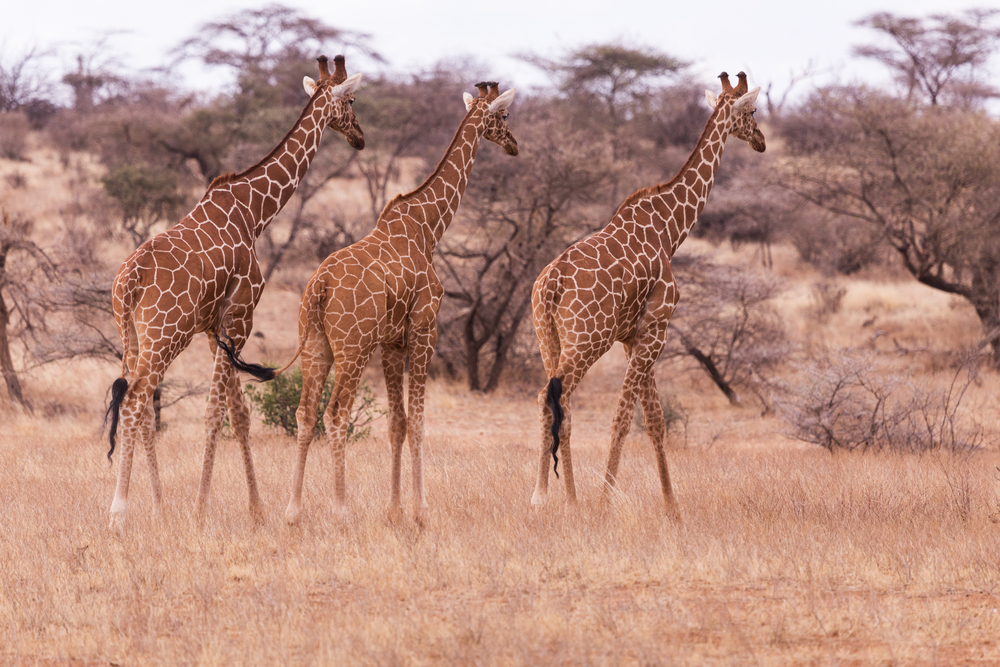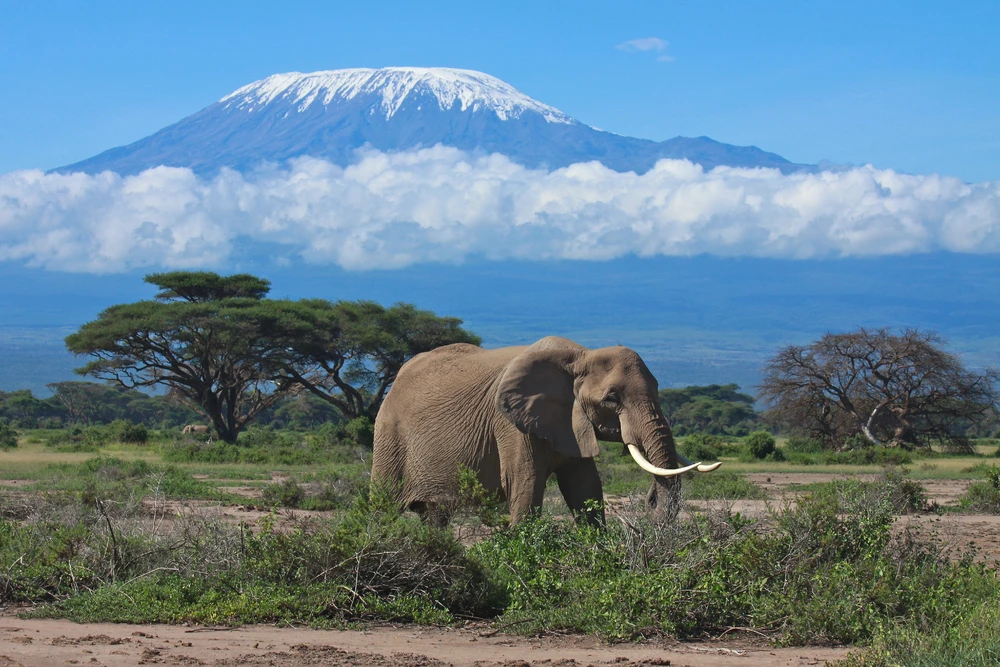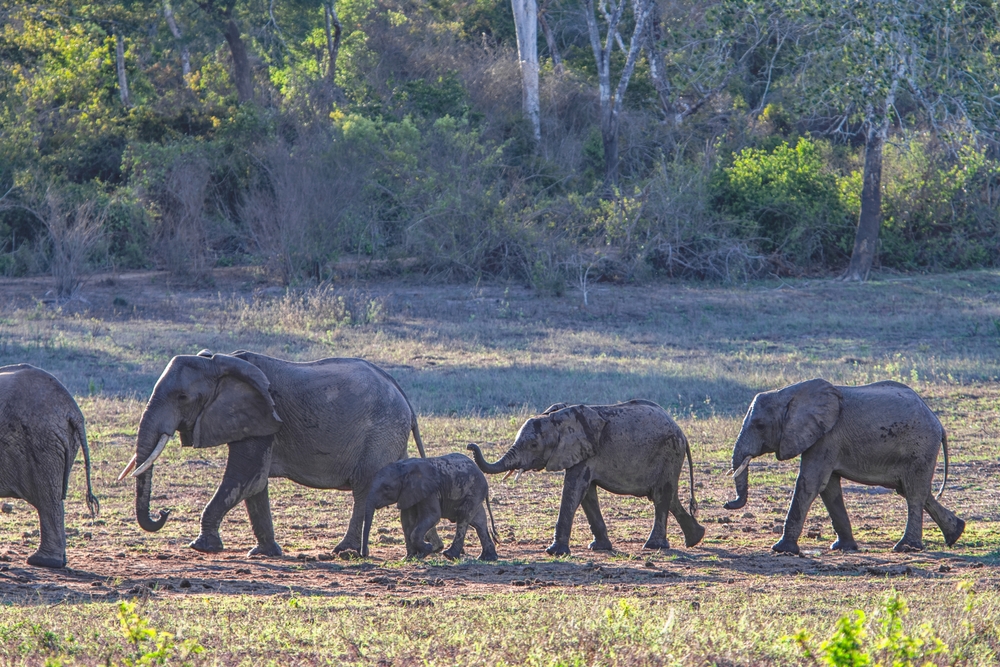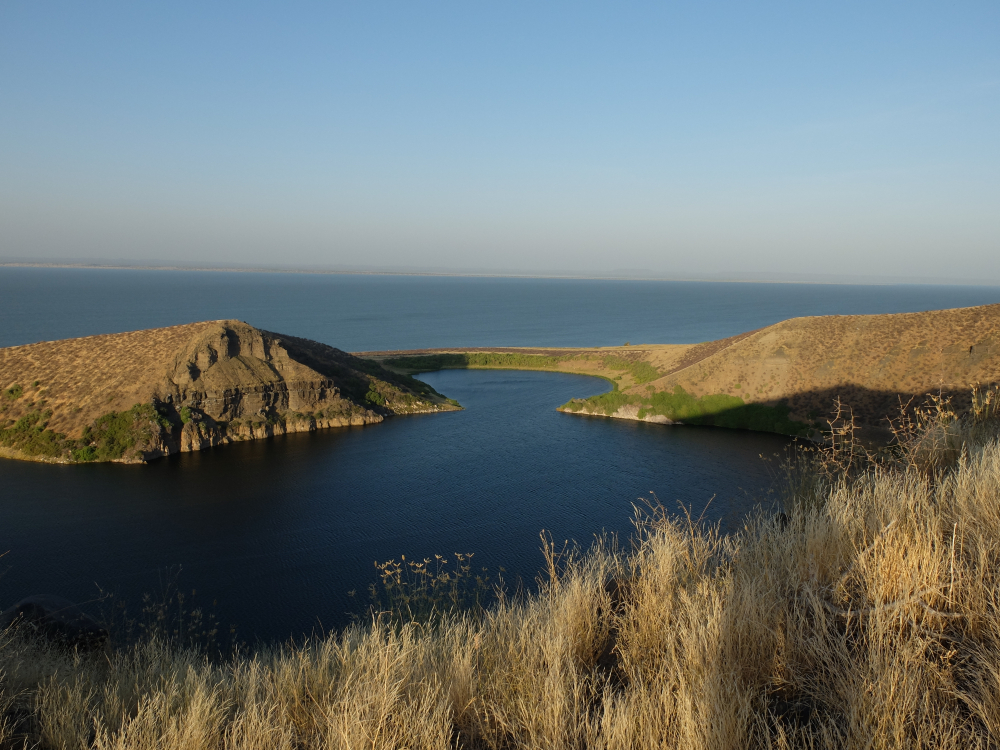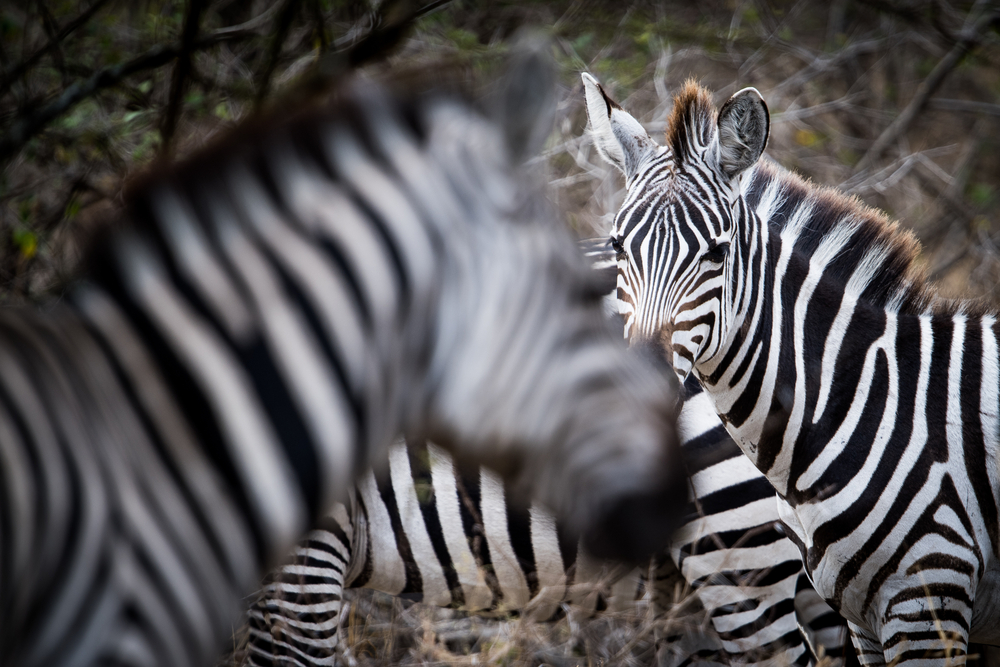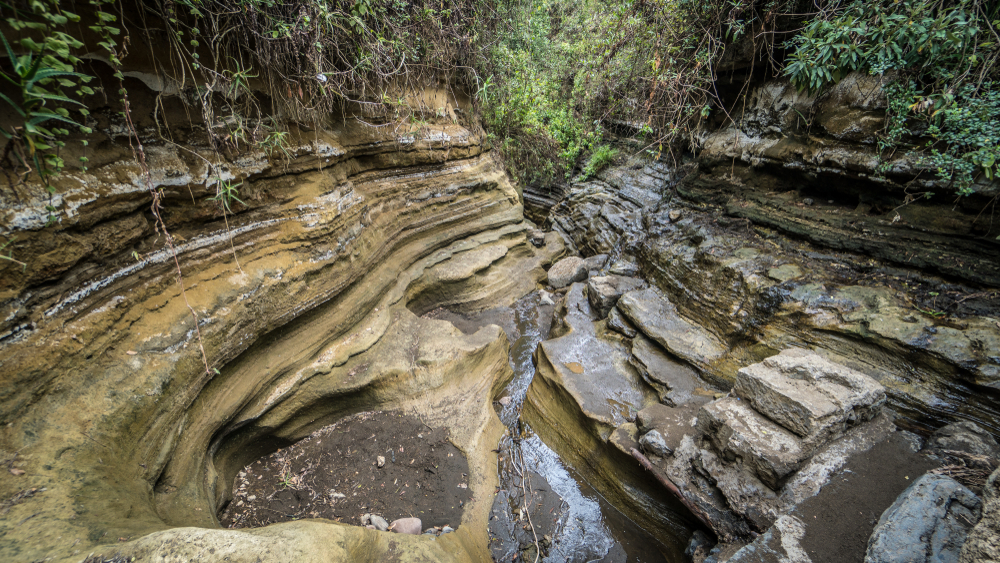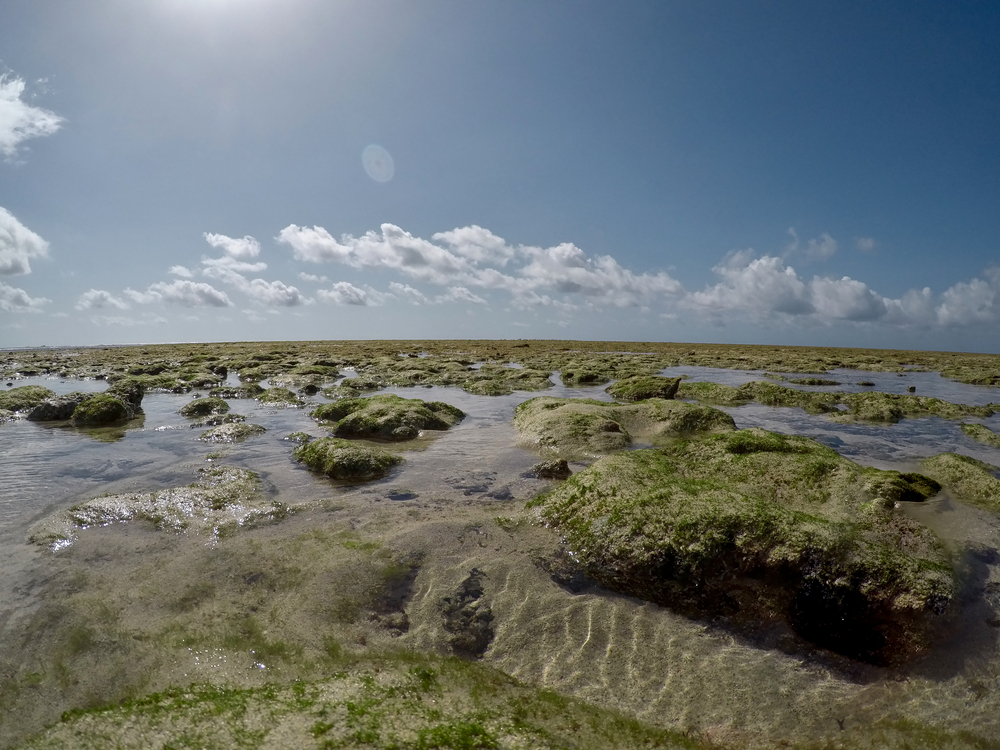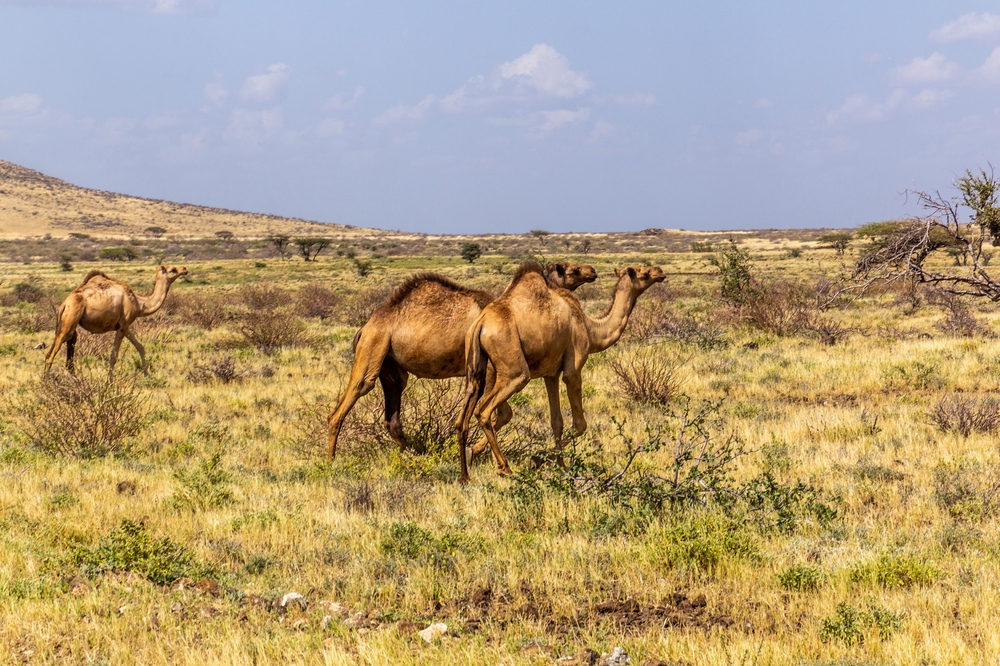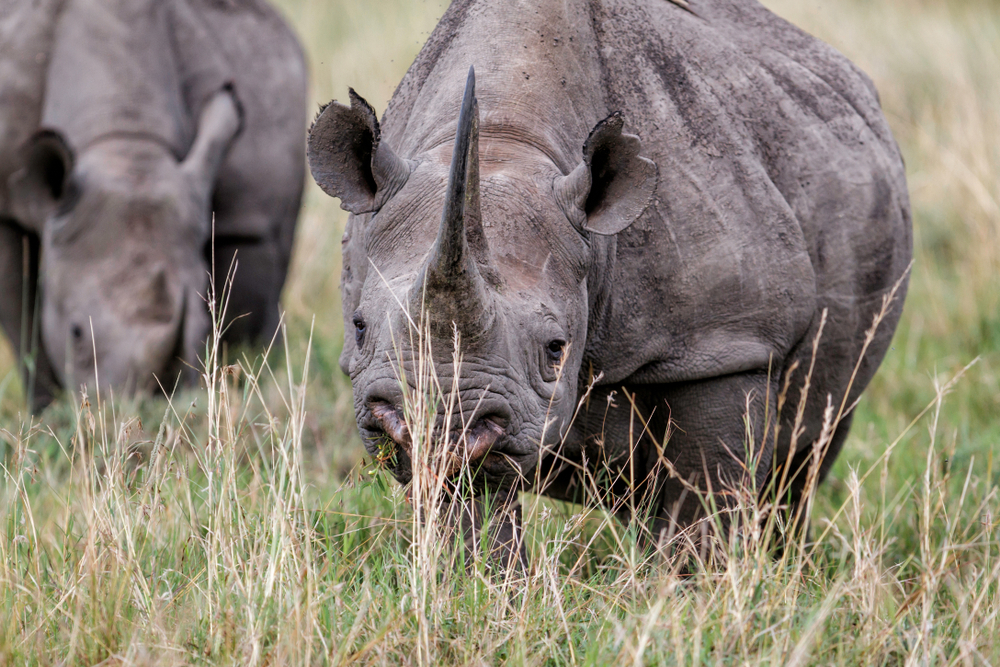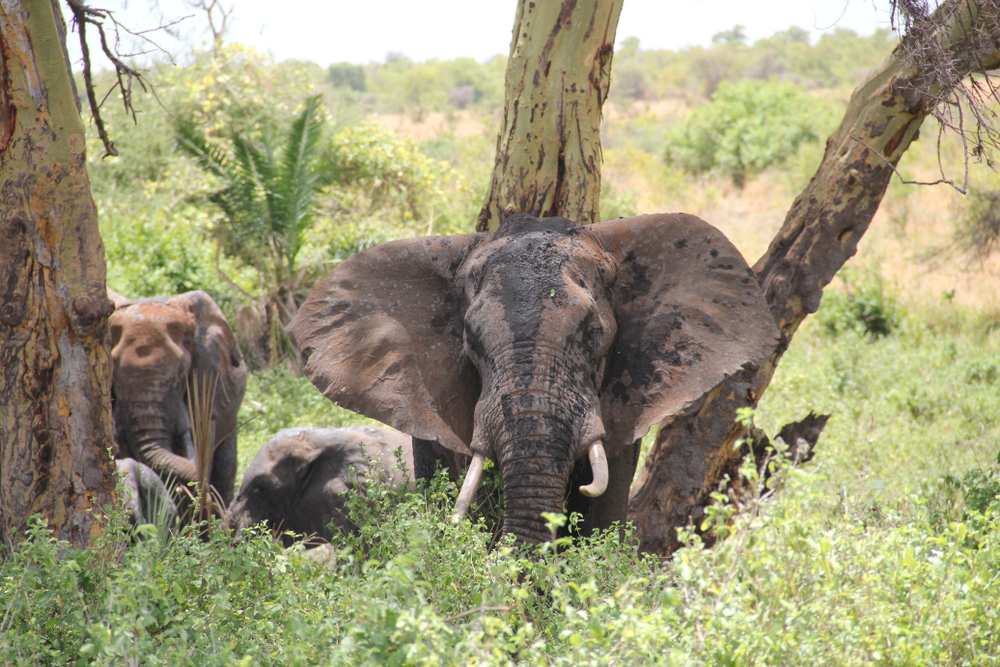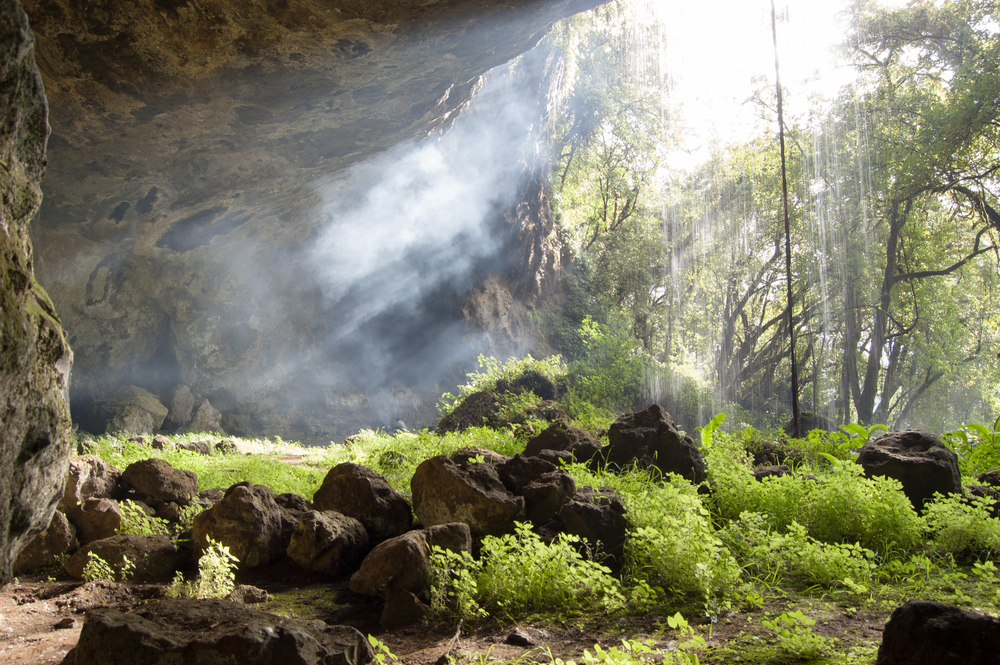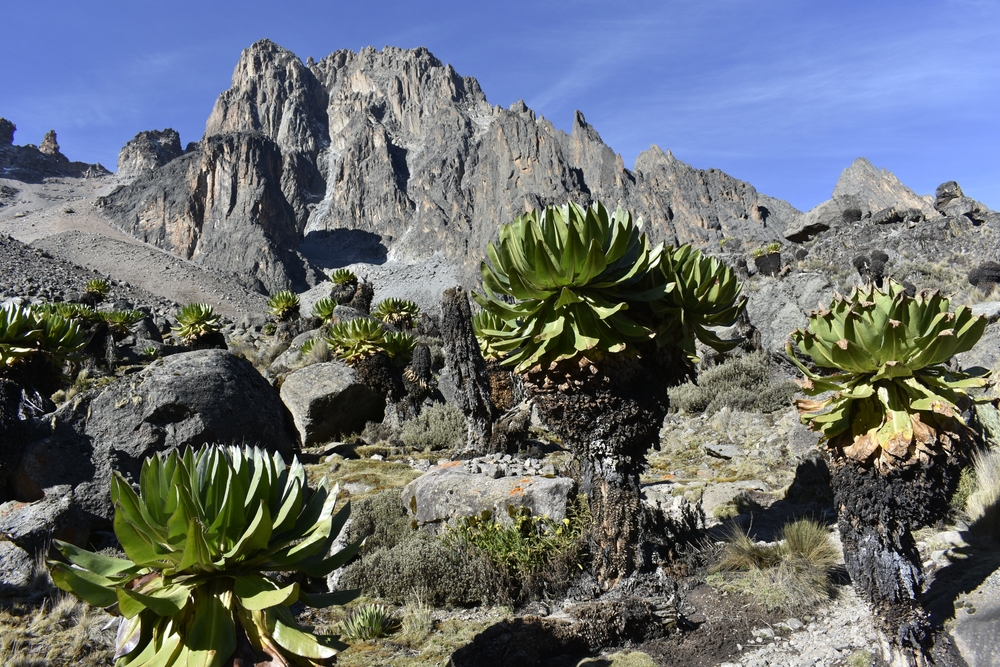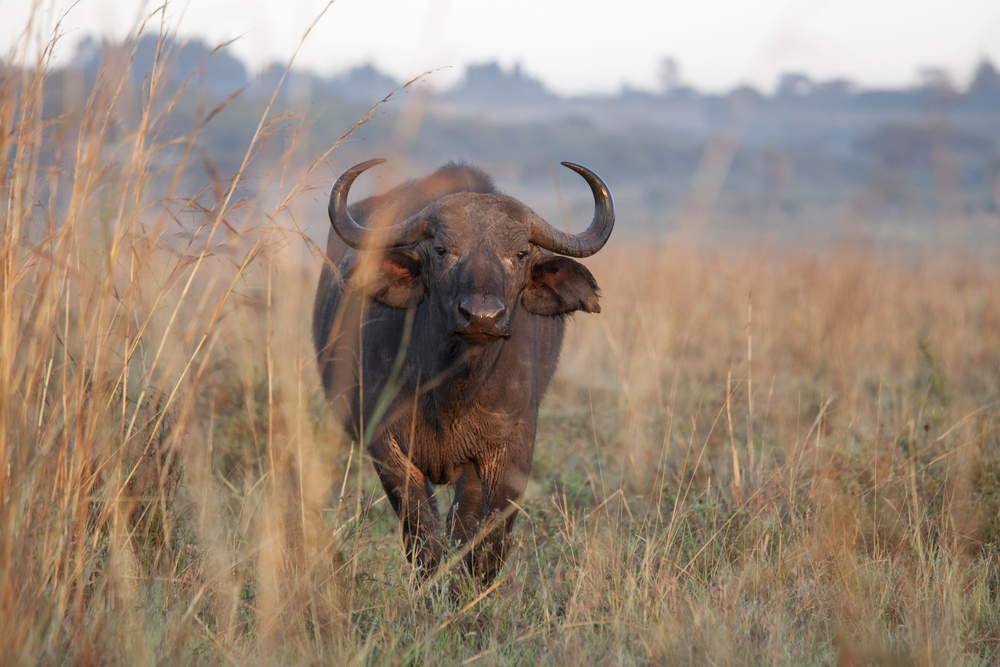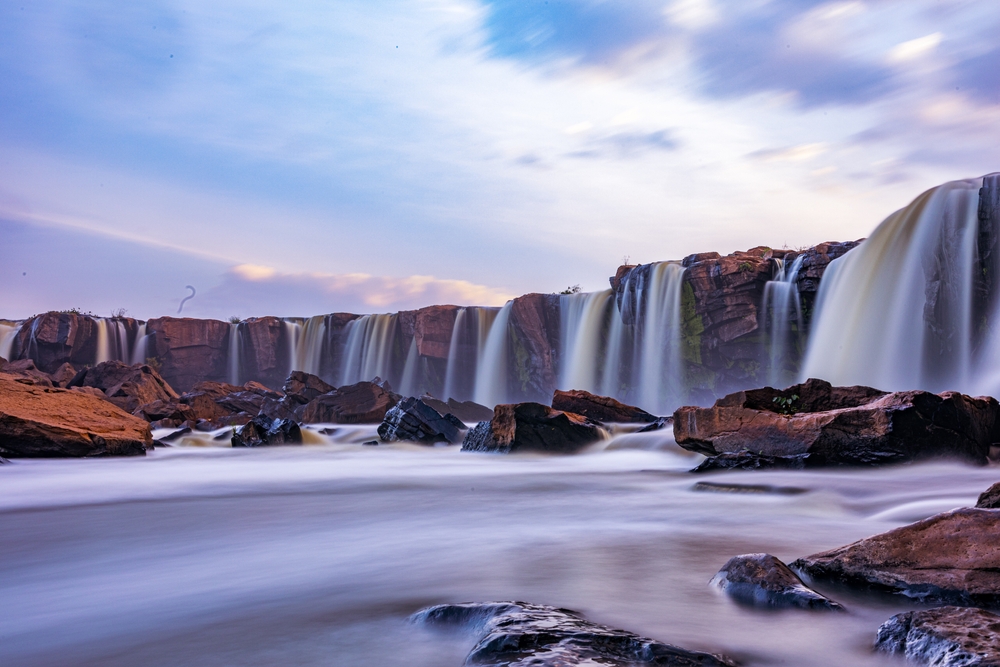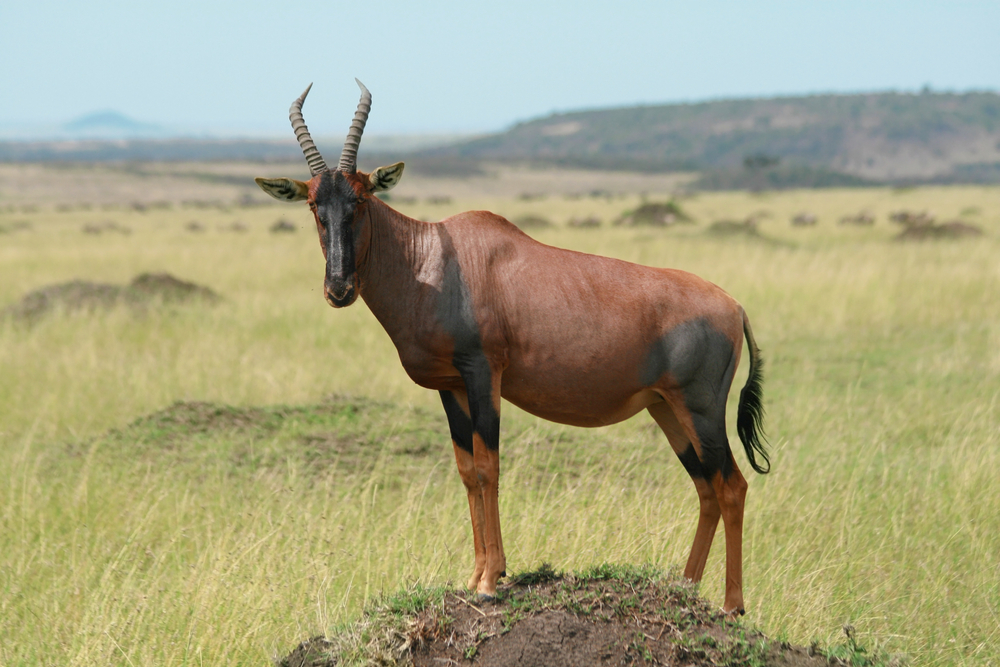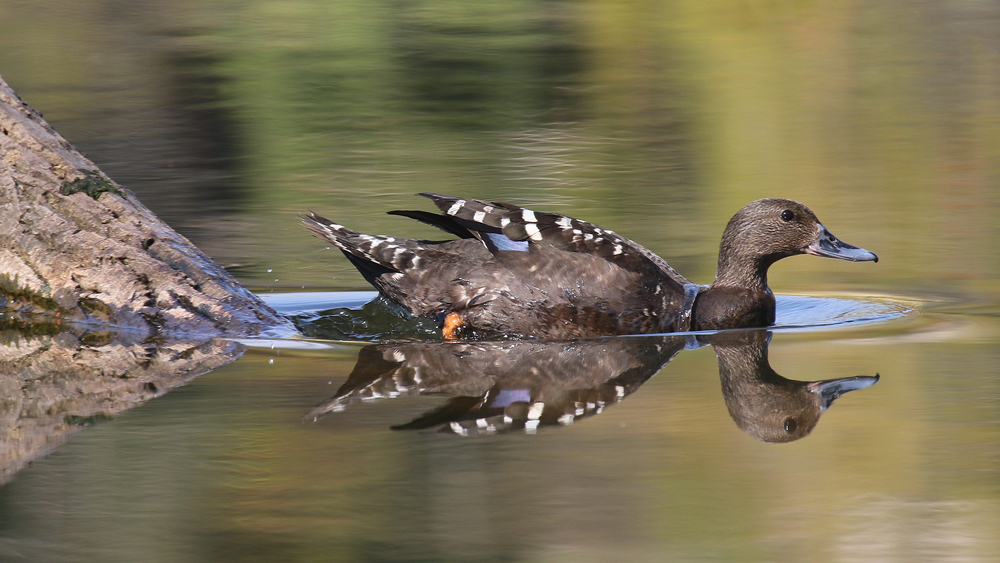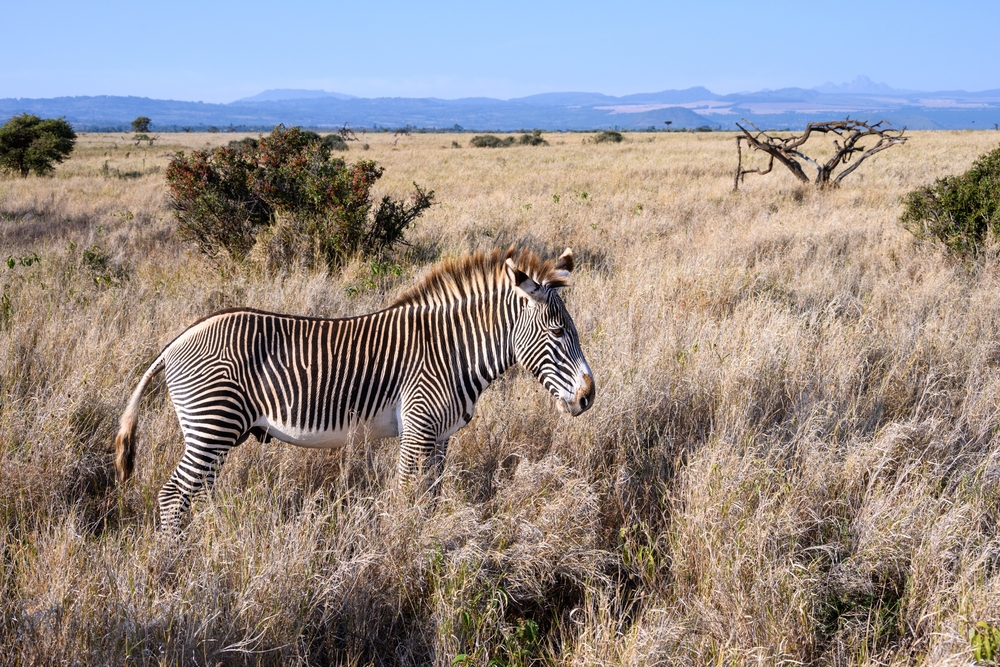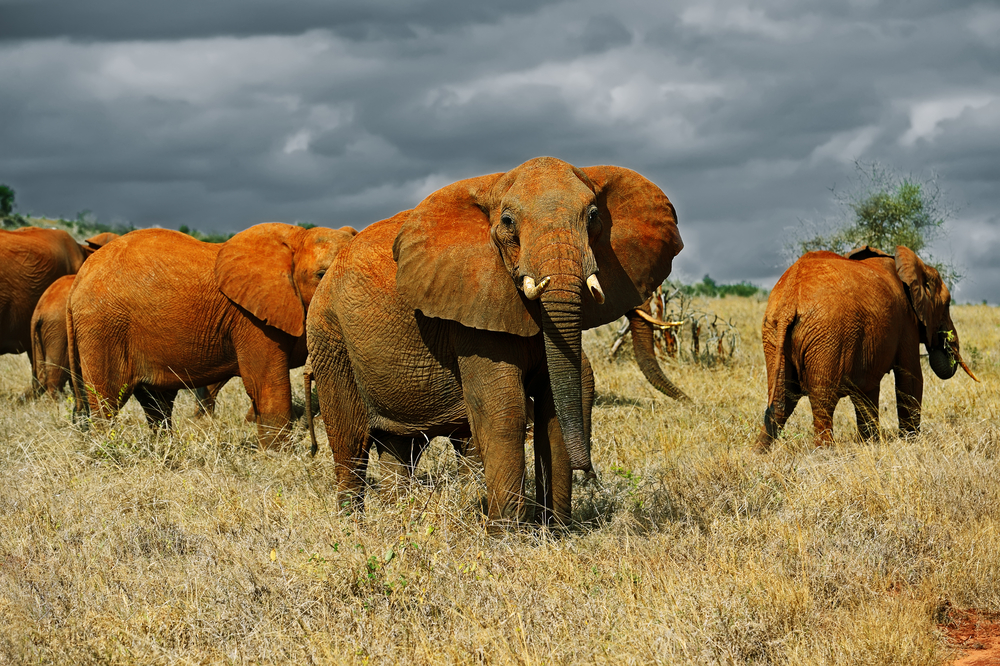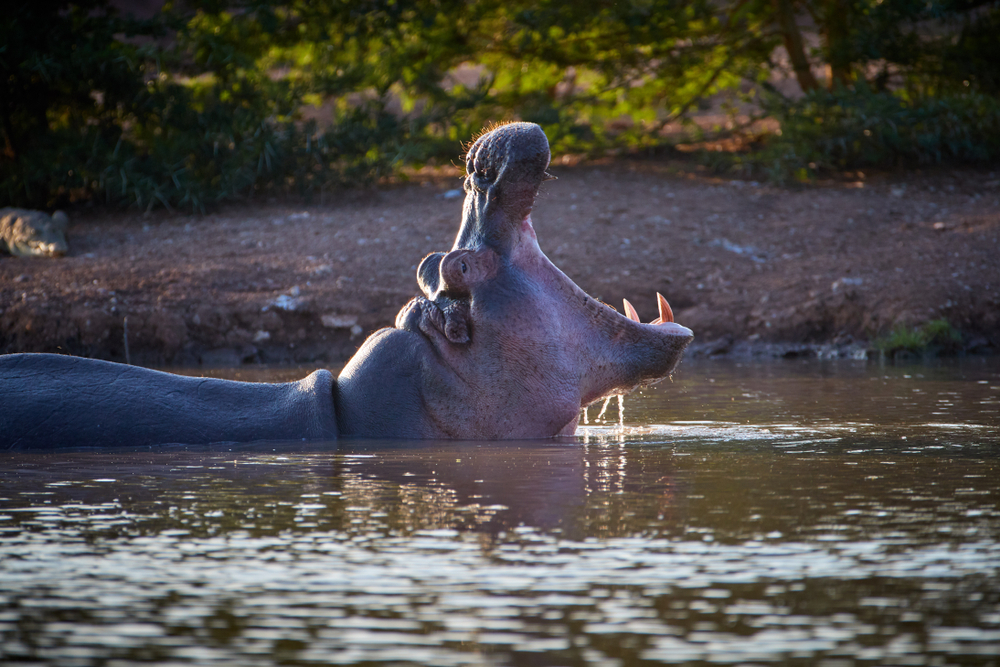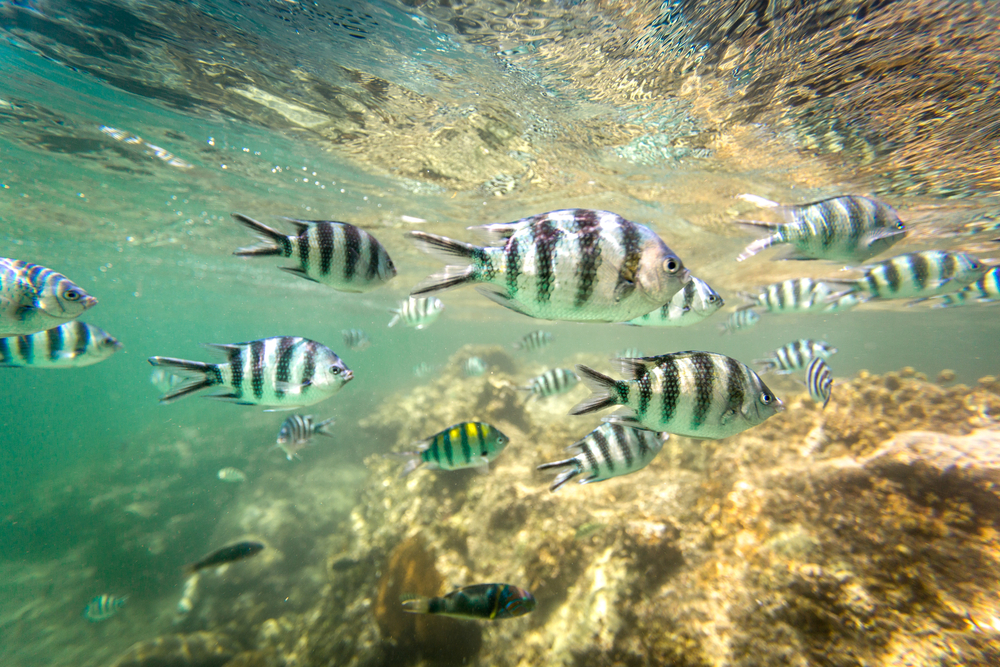Kenya boasts 24 officially recognized national parks, each contributing to the country’s reputation as one of the most biodiverse nations in Africa. These parks showcase an incredible range of ecosystems, from vast savannahs and dramatic escarpments to lush forests and coastal environments. Kenya’s national parks serve as both vital conservation areas for endangered species and prime attractions for global tourism, supporting the country’s economy and fostering environmental awareness.
One of Kenya’s most iconic national parks is Amboseli National Park, situated in the shadow of Mount Kilimanjaro. Known for its large herds of elephants and dramatic landscapes, the park offers stunning photographic opportunities with wildlife set against the backdrop of Africa’s highest peak. Amboseli is also a key area for elephant conservation, contributing to the study and protection of these majestic creatures.
Nairobi National Park, located just outside the bustling capital city, is unique for its proximity to an urban center. Despite its small size, it hosts a variety of wildlife, including lions, giraffes, and rhinoceroses. The park plays a crucial role in rhino conservation, housing both black and white rhino populations. Visitors to Nairobi National Park can enjoy game drives while still within view of the city’s skyline, making it an accessible and distinct destination.
Tsavo National Park, split into Tsavo East and Tsavo West, is one of the largest protected areas in the country. Tsavo East is known for its vast open plains and the red-dusted elephants, while Tsavo West features more rugged terrain, volcanic landscapes, and attractions such as the Mzima Springs. These parks are critical to preserving large predator populations and maintaining migratory corridors for wildlife.
Lake Nakuru National Park, located in the Rift Valley, is renowned for its shallow, alkaline lake that attracts vast flocks of flamingos, turning the shores into a sea of pink during certain seasons. The park is also a sanctuary for black and white rhinos and supports significant populations of leopards and other wildlife. The surrounding acacia forests and rocky cliffs add to its scenic beauty.
Kenya’s national parks have achieved significant conservation successes, such as the recovery of elephant and rhinoceros populations through anti-poaching efforts and community-based initiatives. The country is also home to innovative programs that integrate local communities into conservation work, ensuring sustainable coexistence between people and wildlife. However, challenges remain, including habitat loss due to human encroachment, climate change, and illegal wildlife trade. The balance between conservation and the demands of a growing human population continues to be a pressing issue.
Kenya’s national parks encapsulate the essence of African wilderness, offering not only a sanctuary for wildlife but also an opportunity for visitors to connect with nature in profound ways. These parks stand as a testament to the country’s commitment to preserving its natural heritage for generations to come.










































































